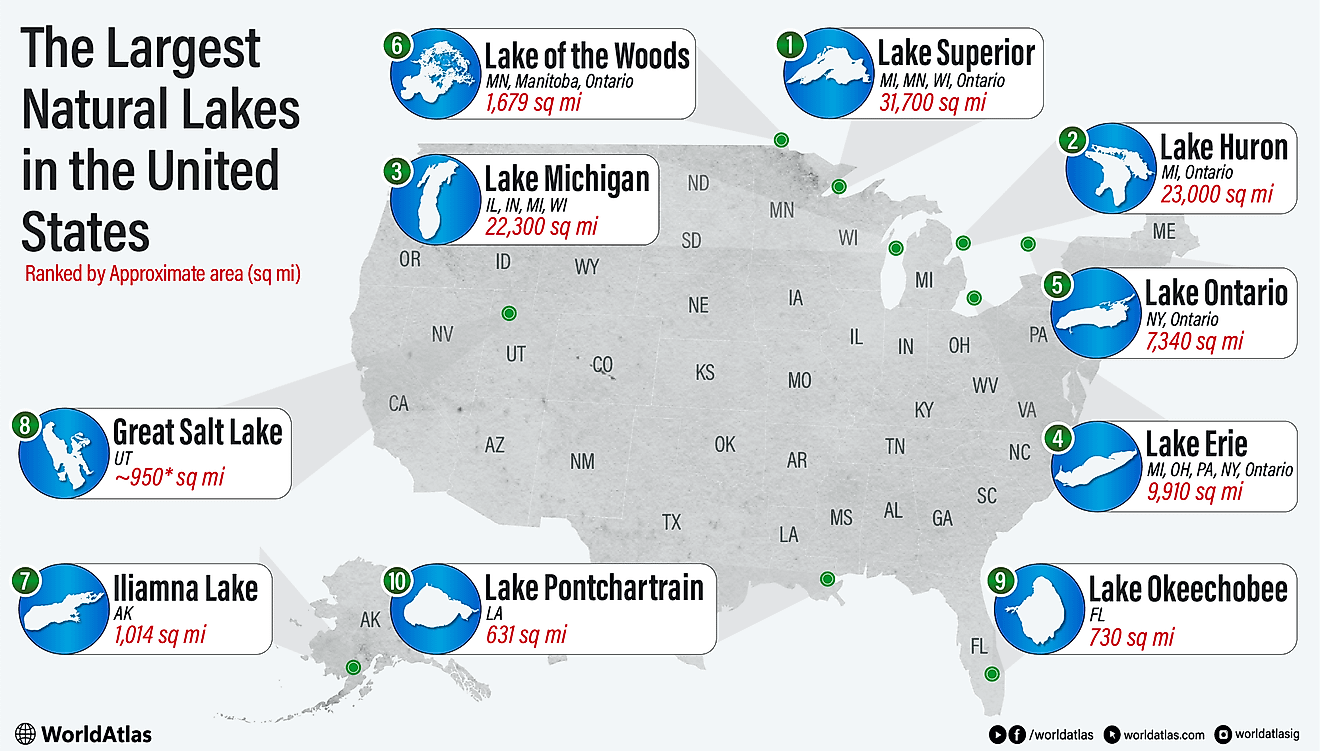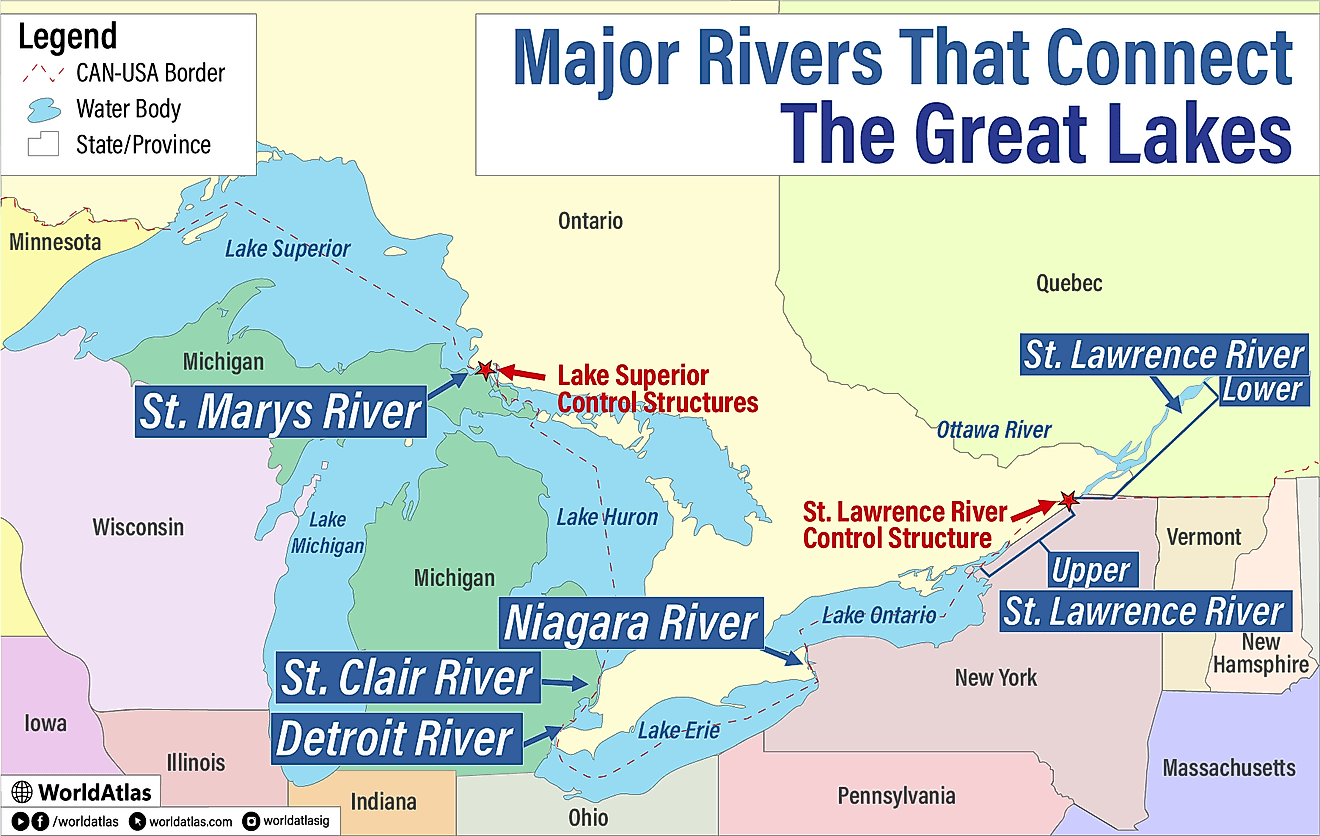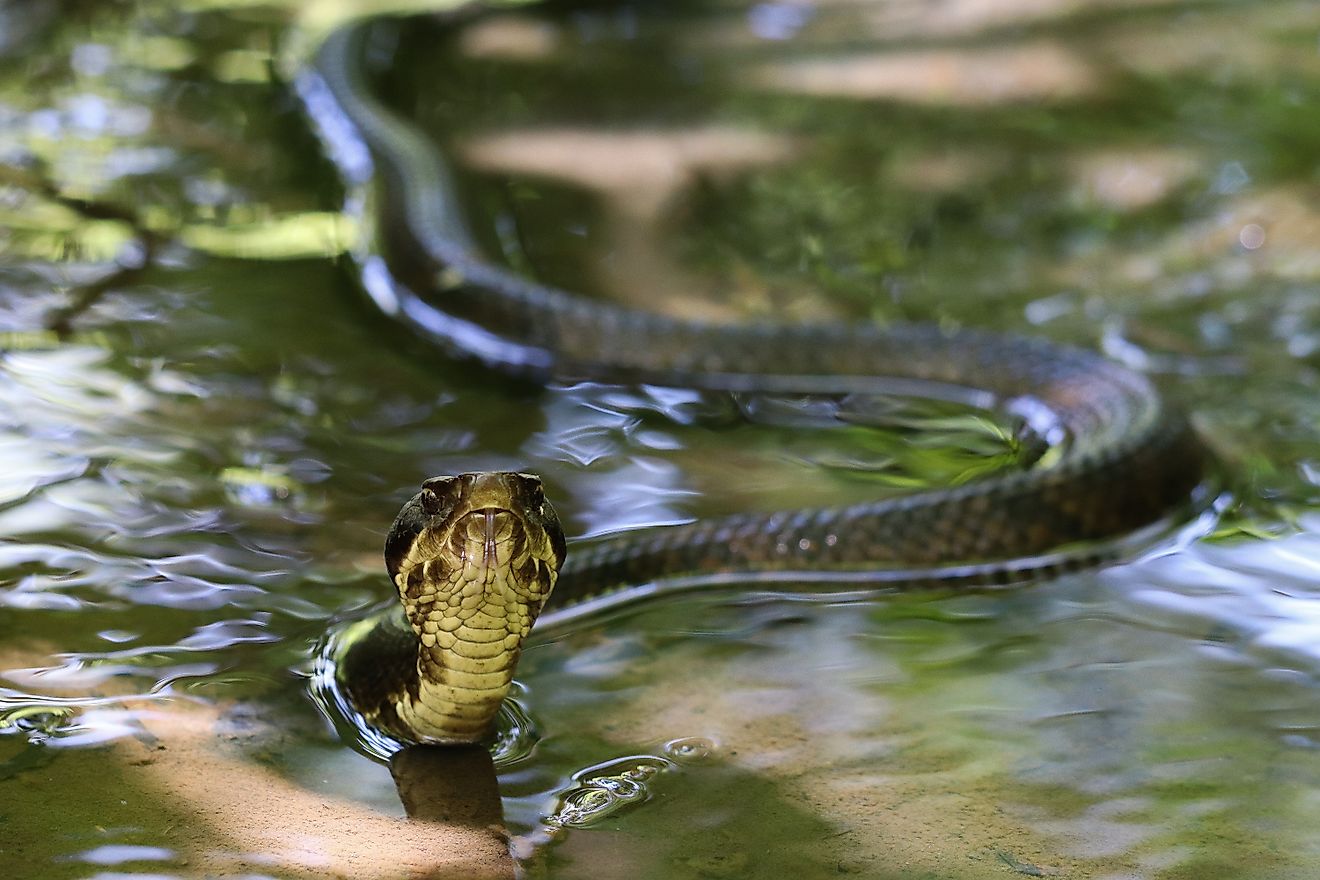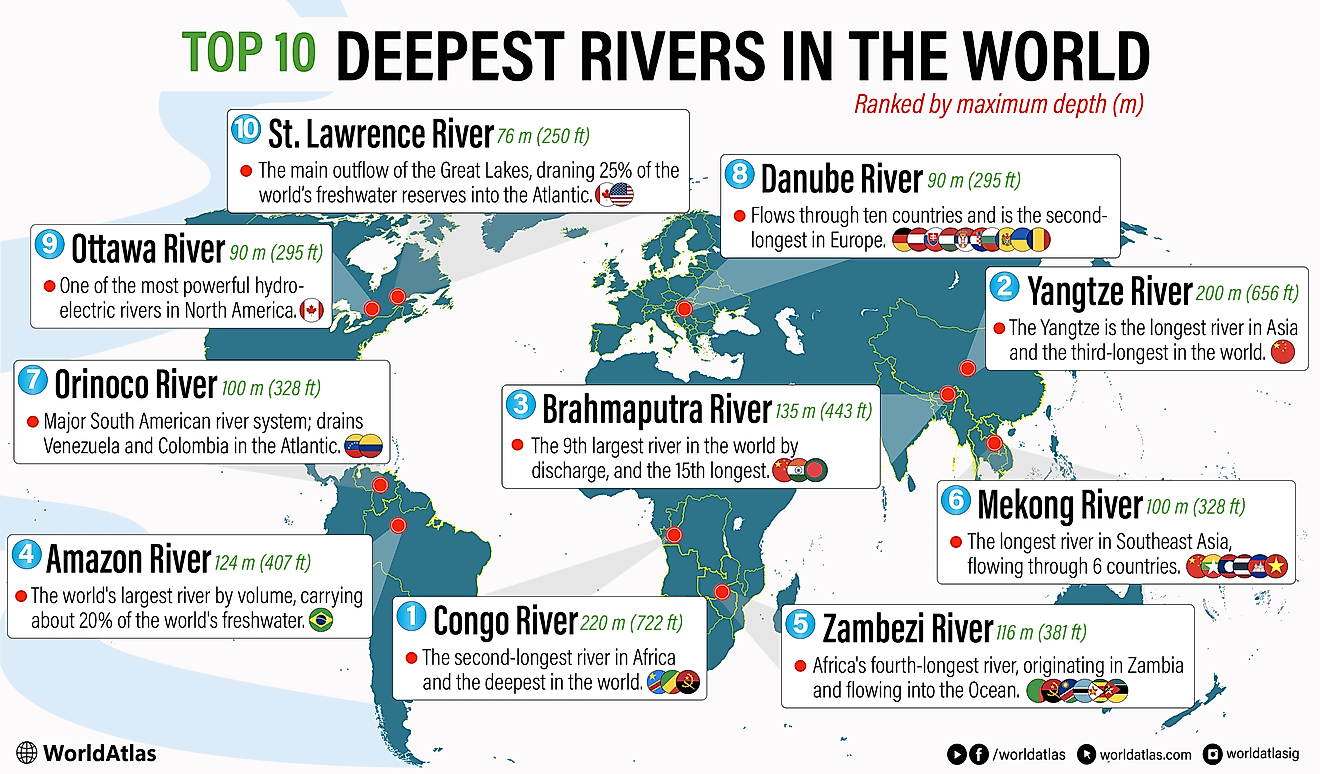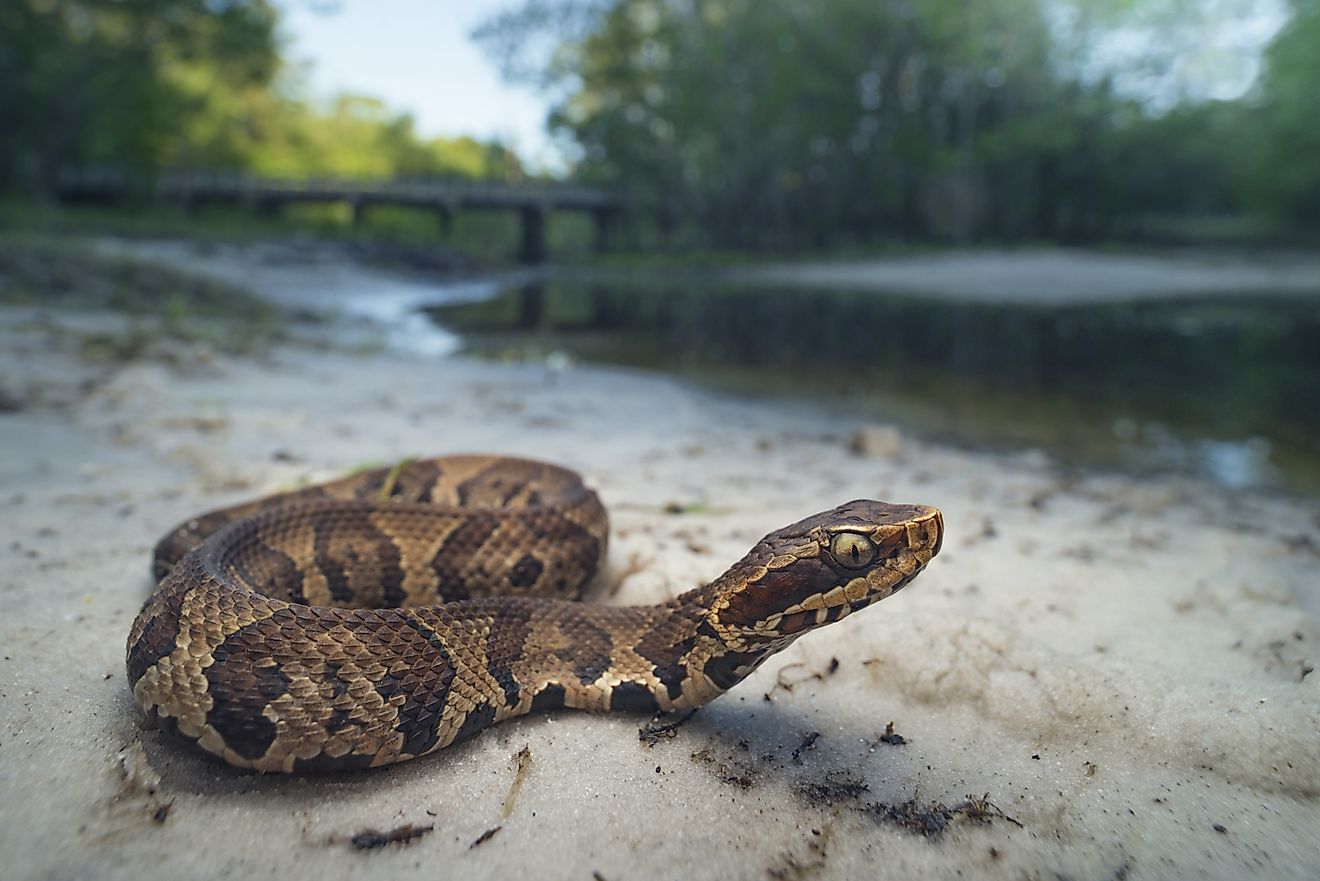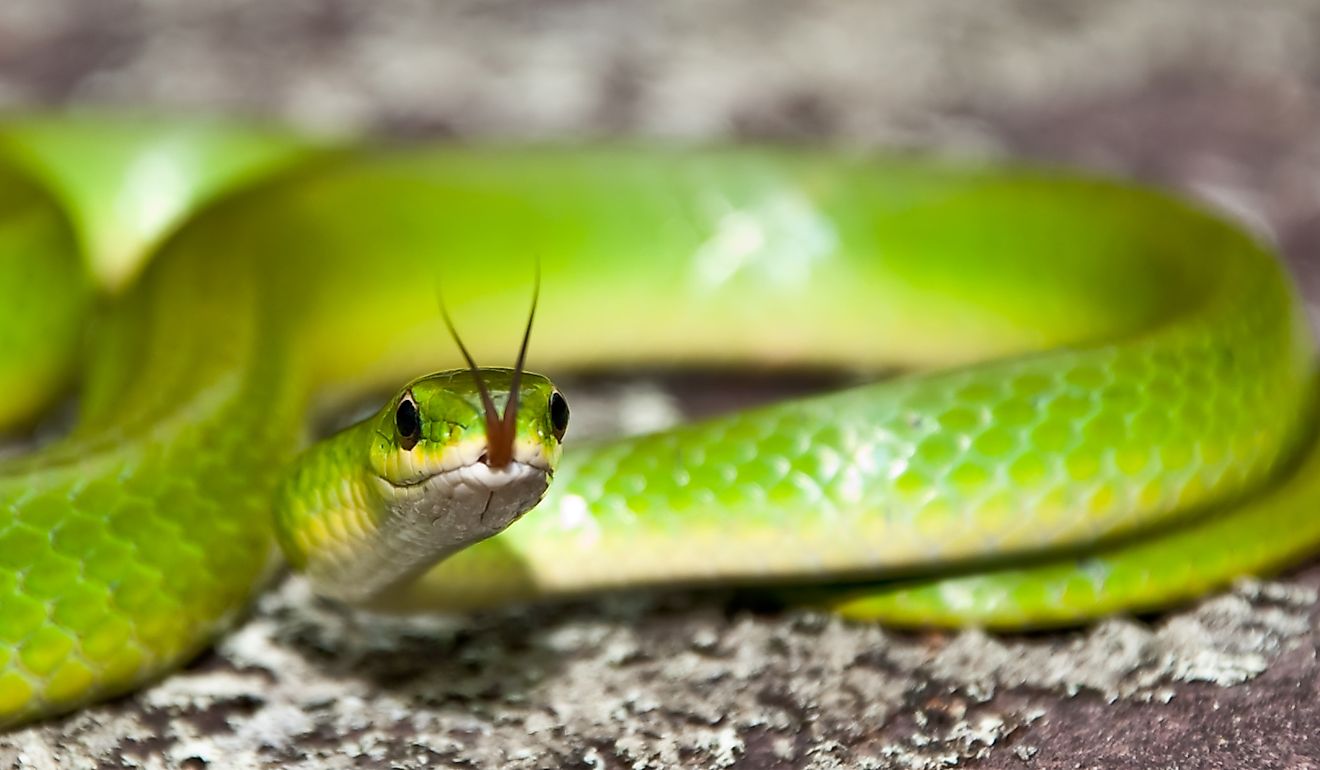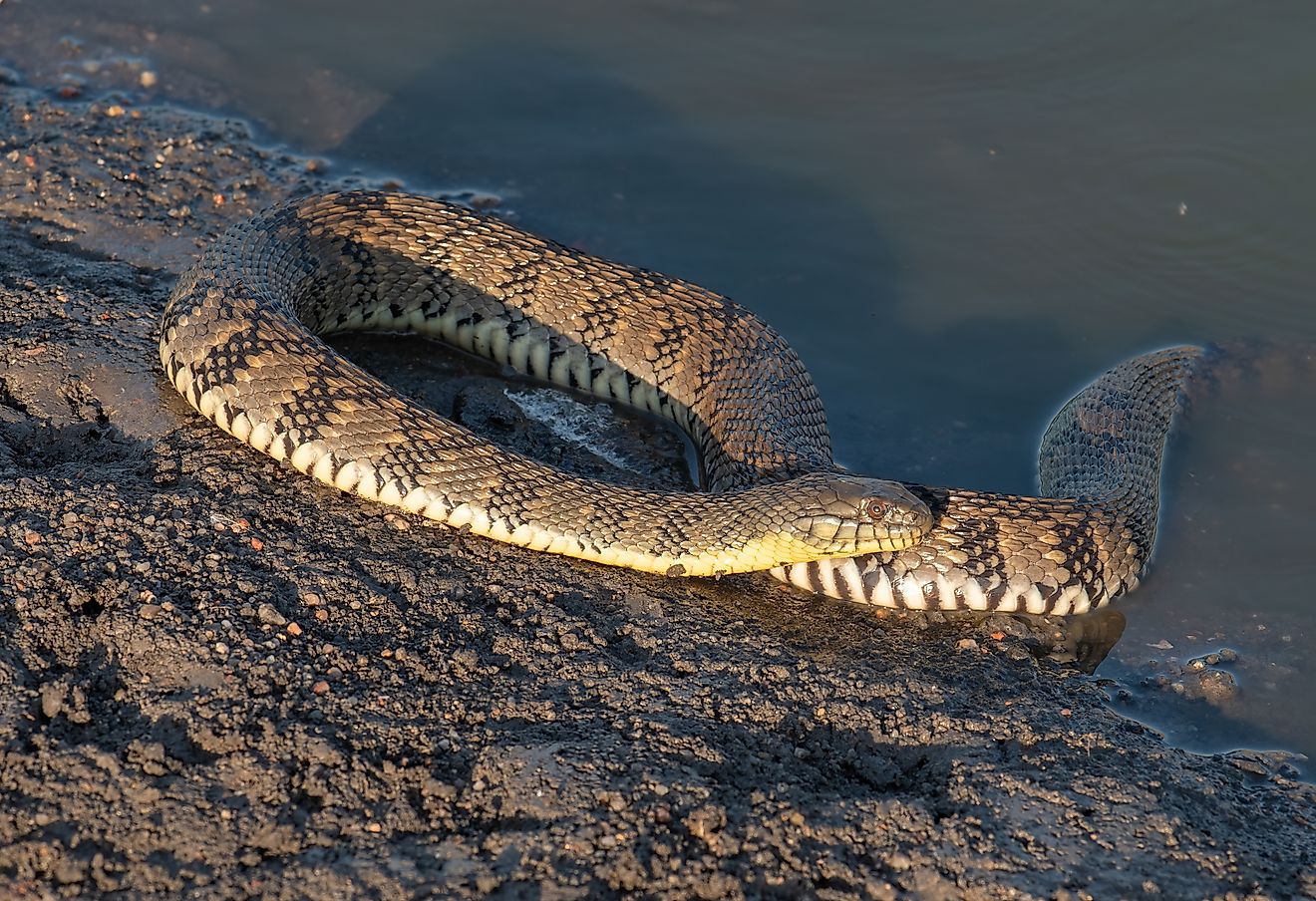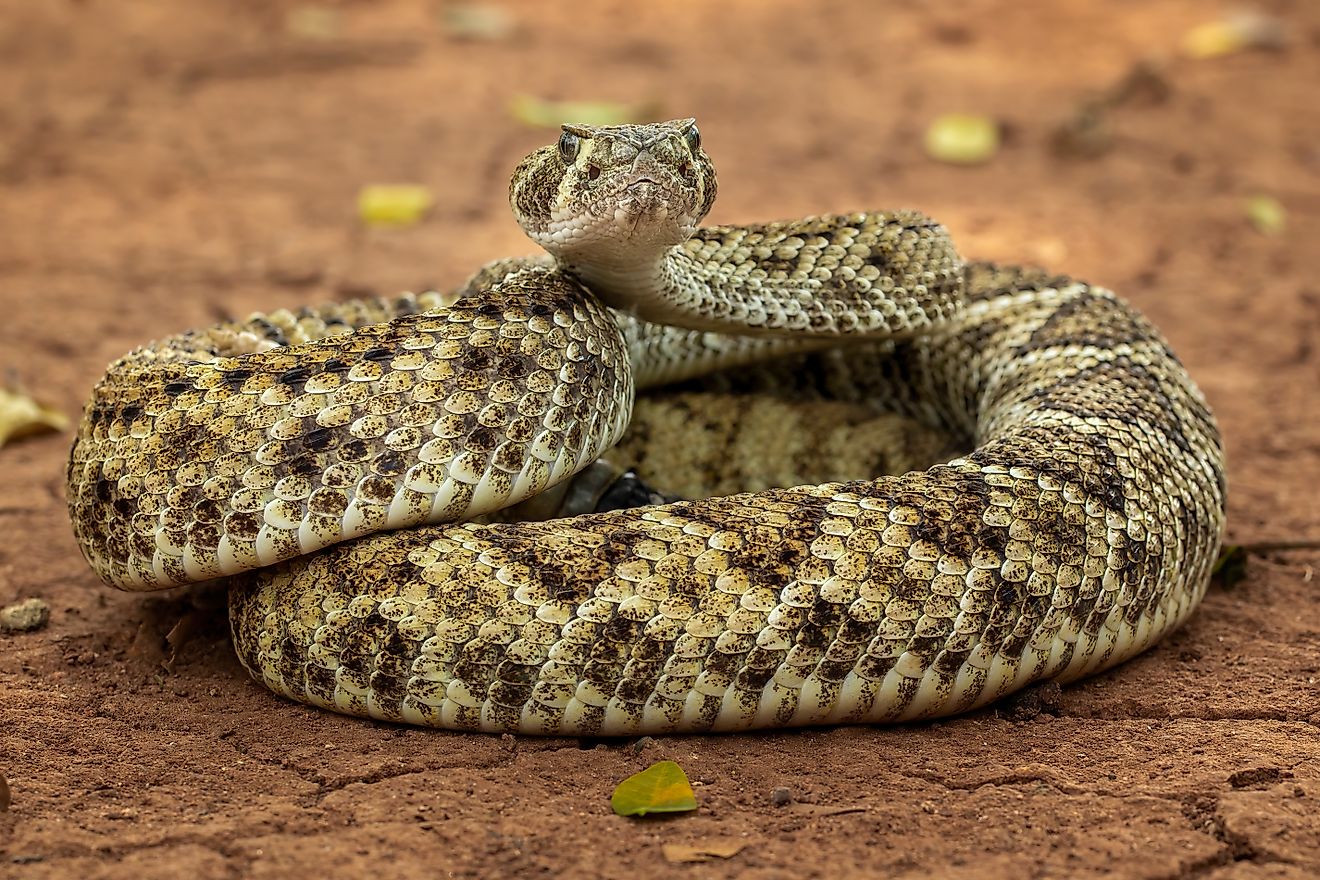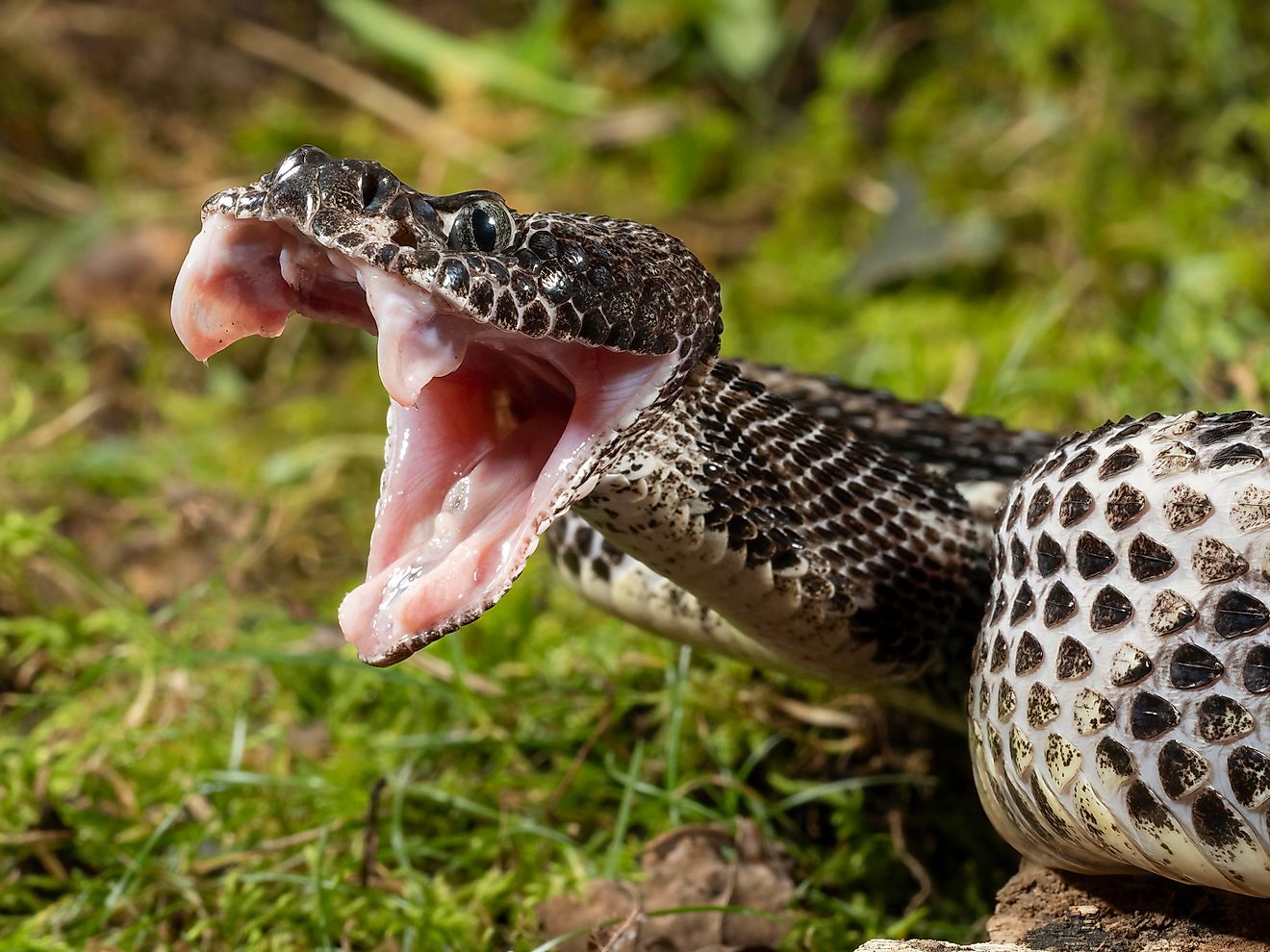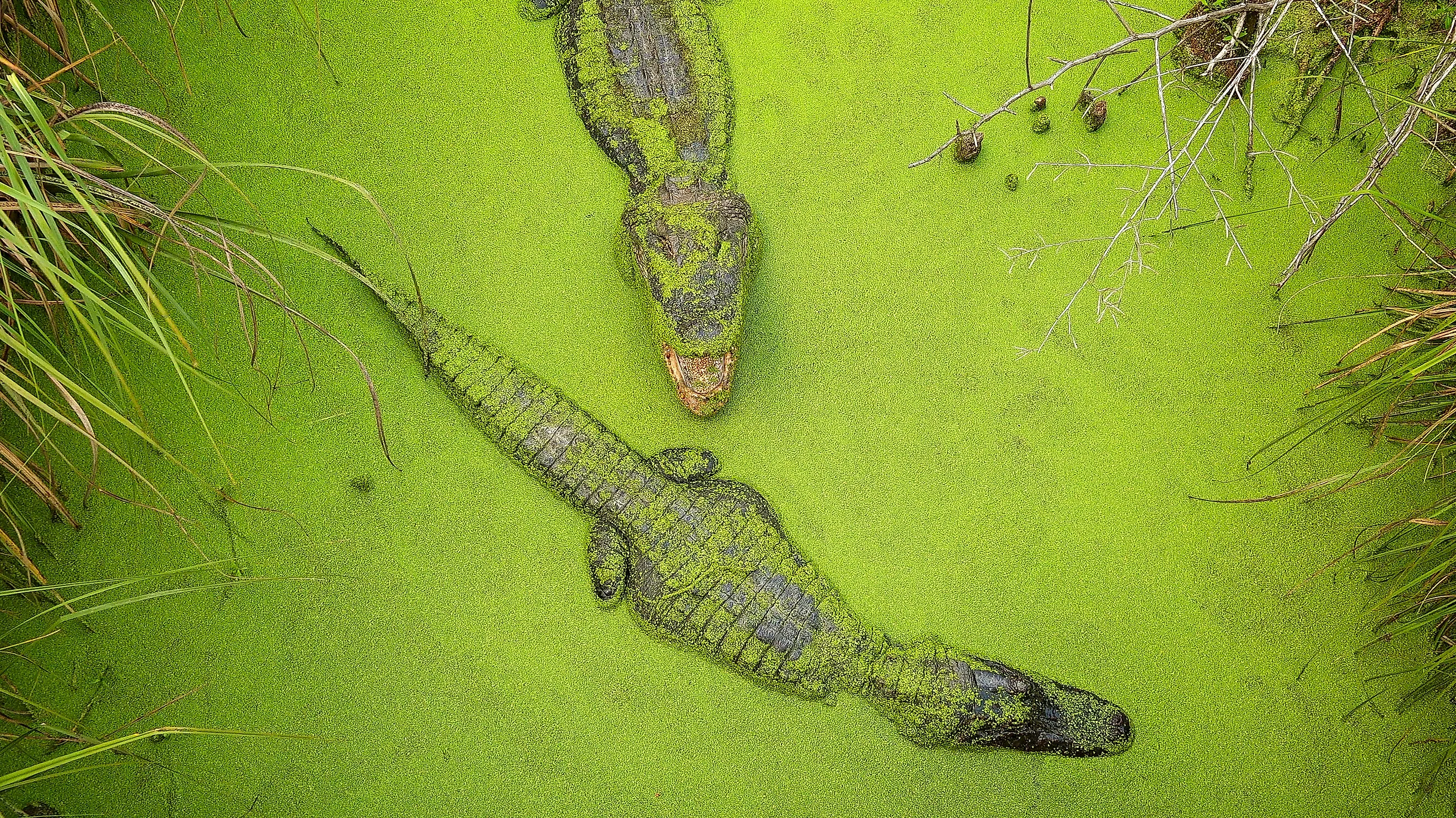
5 Most Alligator-Filled Rivers In Mississippi
In a state that shares its name with the second-longest river in the United States, Mississippi is synonymous with rivers. Apart from the mighty Mississippi River, the other major rivers in Mississippi are the Pearl, Pascagoula, and Tombigbee, along with their main tributaries, the Big Black, Leaf, and Chickasawhay rivers. No matter where they start, all rivers in Mississippi eventually flow into the Gulf of Mexico. And along the approximately 81,316 miles of riverways, especially in the southern coastal plains, you’re likely to spot one of the state’s most famous residents, the American alligator, basking on a riverbank, gliding through a cypress swamp, or lurking just beneath the surface. If you’re interested in gator spotting, here are the five most alligator-filled rivers in Mississippi where your chances of seeing one of these magnificent ancient reptiles are high.
Pearl River
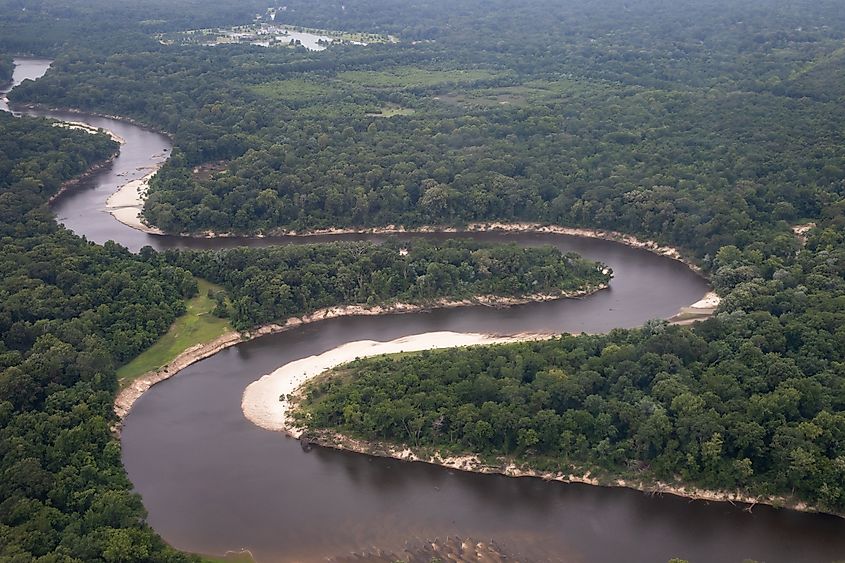
The 444-mile Pearl River is the longest river found entirely within the state of Mississippi. It originates in Neshoba County, flows through Jackson, Monticello, and Columbia, before forming a 70-mile-long border between Mississippi and Louisiana and eventually emptying into the Gulf of Mexico. The Pearl River is home to 110 species, including the federally threatened Gulf sturgeon and the endemic ringed sawback turtle.
Fed by the Pearl River, the 33,000-acre Ross Barnett Reservoir (known locally as the “Rez”) is Central Mississippi’s largest recreational area, offering fishing, birdwatching, and boating opportunities. Fishing gear and pontoon boat rentals are available at local outfitters like the Main Harbor Store Marina, while kayaks are available at Pearl River Kayaks.
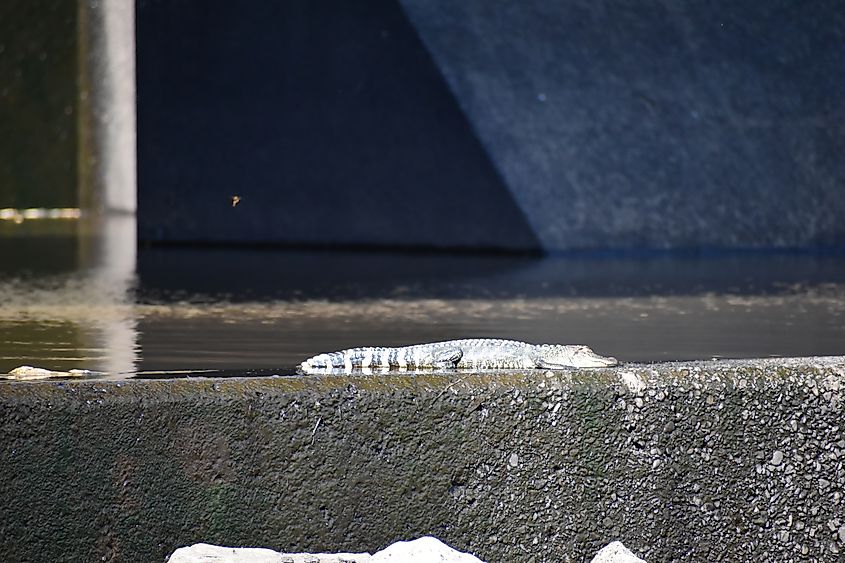
Like many stretches of the Pearl, the Rez is also home to Mississippi’s resident alligators. In August 2025, a team of hunters pulled a 13.5-foot male alligator from the reservoir that weighed 697.5 pounds. Despite its massive size, the gator did not break the state record of 14 feet, 3 inches, which belongs to a gator taken from the Yazoo River in September 2023, which weighed 802.5 pounds.
Pascagoula River
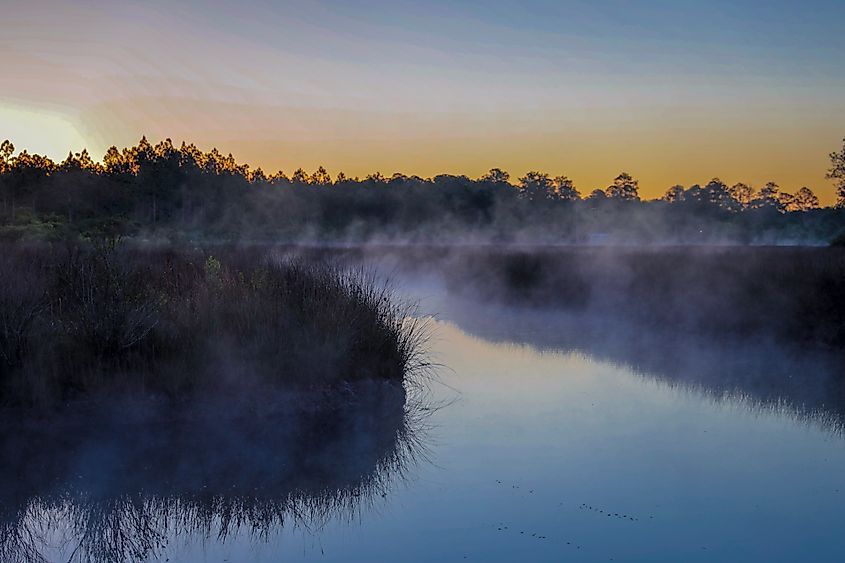
The Pascagoula River is a saltwater-influenced freshwater river that meanders for about 80 miles from the confluence of the Leaf and Chickasawhay rivers to the Gulf of Mexico. It is famous for being the longest undammed river in the contiguous U.S., whose slow current and undeveloped shoreline create ideal conditions for big reptiles.
For an educational intro to the river’s ecology and history, visit the Pascagoula Audubon Center in Moss Point, which features boardwalks and nature trails. The Interpretive Center has eight aquariums highlighting native fish, snakes, and turtles that call the river basin home, including the Yellow Blotched Sawback turtle that can only be found on the Pascagoula. The center also rents kayaks so you can tour through the river’s swampy estuaries and backwaters, where you can spot alligators, herons, ospreys, and dolphins near the river’s mouth.
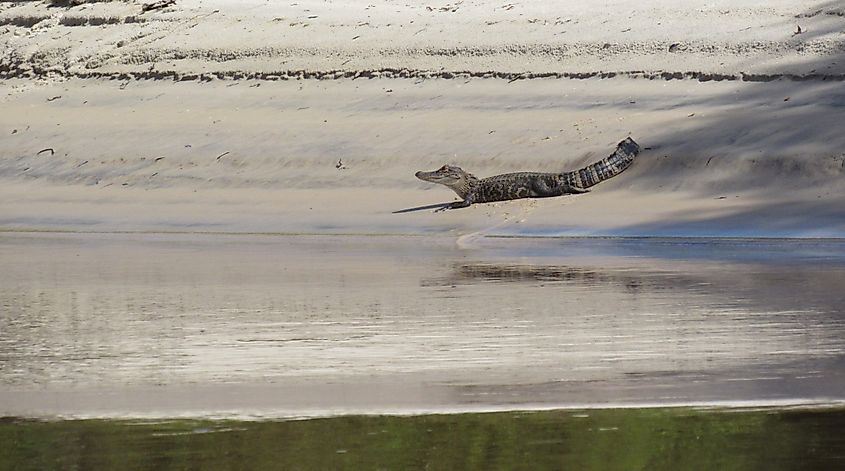
In September 2024, on the last weekend of the state’s annual 10-day alligator hunt, an 11-foot, ¾-inch, 324-pound female gator was pulled from the Pascagoula River. The massive reptile set a new female length and weight record for Mississippi, breaking a previous record set in 2022 when a 10-foot, 2-inch female alligator was killed on the Pearl River near the Ross Barnett Reservoir.
Leaf and Chickasawhay Rivers
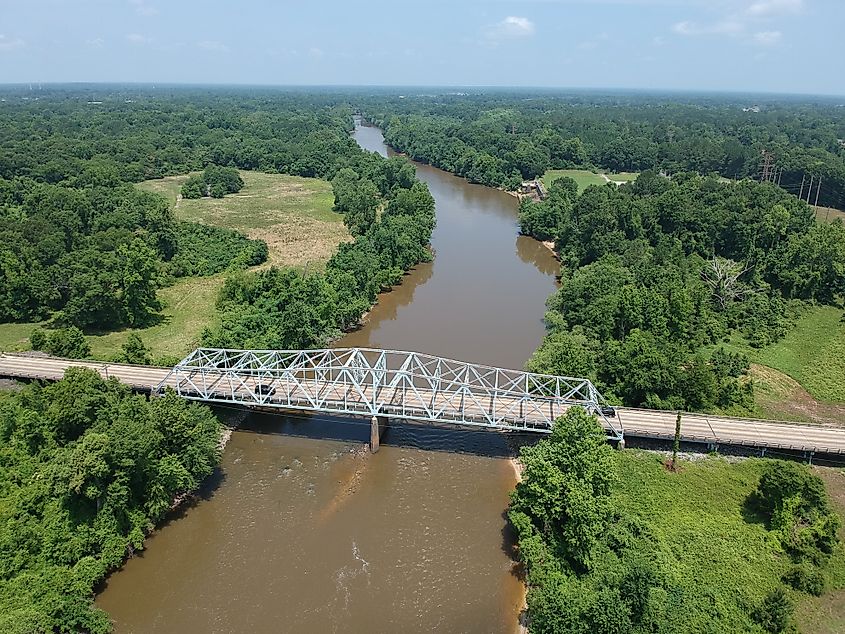
The Leaf and Chickasawhay Rivers wind through some of Mississippi’s most untouched natural wilderness before merging to form the Pascagoula near Leakesville. The Leaf River starts in the Bienville National Forest and flows 185 miles until it joins the Chickasawhay. Near Hattiesburg, the river is part of the Upper Leaf River Blueway, a designated paddling trail with rapids and waterfalls, and a variety of wildlife, including otters, beavers, and gators. While the rapids tend to deter a lot of inexperienced paddlers, they are relatively easy to navigate with slower stretches between them, giving you time to cast a line or simply relax in the pristine surroundings.
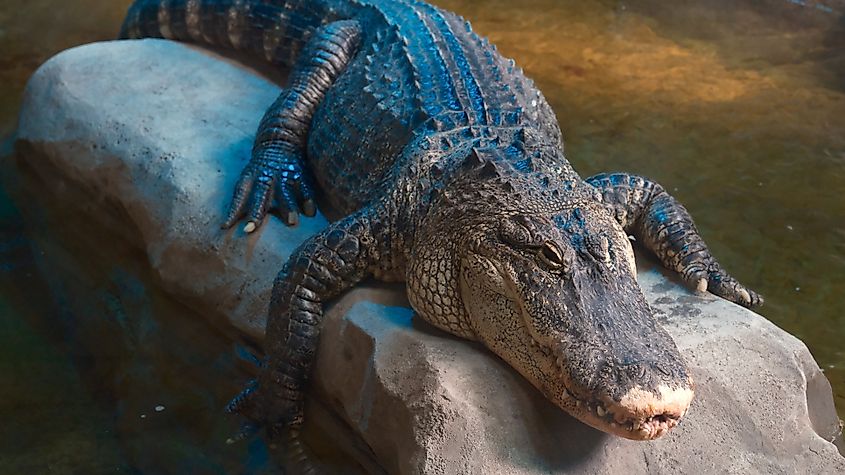
Over at the 210-mile Chickasawhay River, alligators are often seen basking along sandbars or gliding through quiet sloughs, especially near the Chickasawhay Wildlife Management Area. For a riverside getaway in nature, check out the family-owned Chickasawhay River RV Park, which features cabin rentals, primitive tent camping, and full RV hook-up sites along the calm, cypress-lined waters. Enjoy the sandy beaches, fishing, and canoe rentals, while keeping a watchful eye on slow-moving driftwood with a tail.
Big Black River
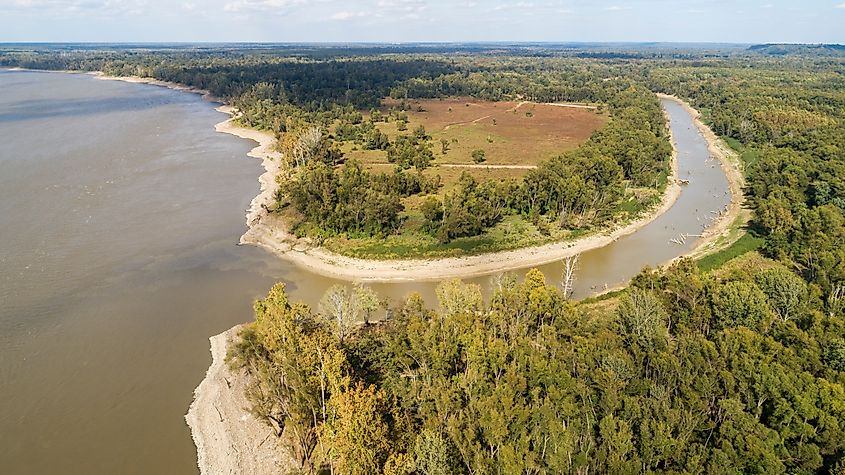
The Big Black River winds along a 330-mile southwesterly course through central Mississippi, meandering past farmland, hardwood forests, and cypress swamps before joining the Mississippi River 23 miles south of Vicksburg. While it’s less developed for recreational activities than the Pearl or Pascagoula, it still offers excellent opportunities for wildlife watching, fishing, and paddling, with the chance to spot alligators in its lower stretches and backwaters.
History buffs visiting the Vicksburg National Military Park Battlefield may want to explore the site of the Battle of Big Black River Bridge, the final major clash before Union forces laid siege to Vicksburg.
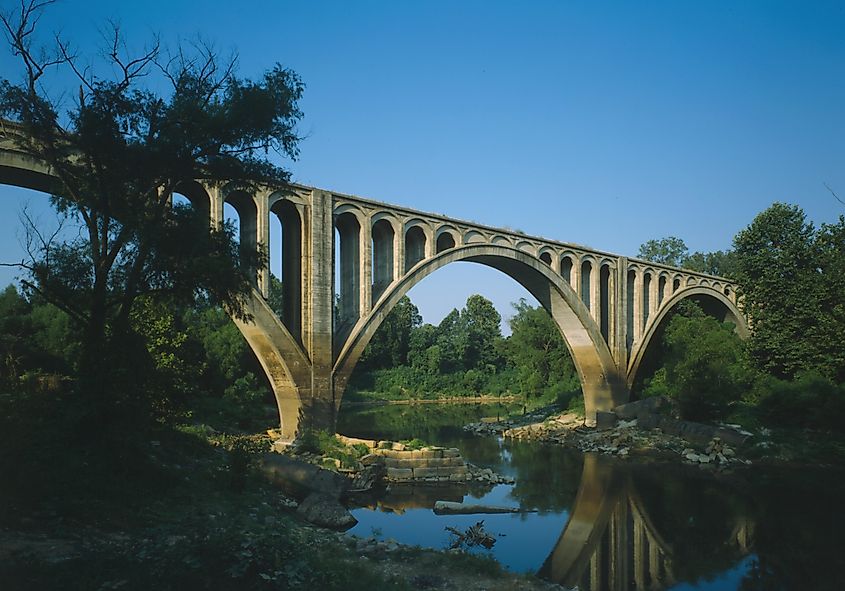
Back in 2013, three first-time alligator hunters pulled a 13-foot, 4.5-inch gator weighing 727 pounds from the Big Black River just hours after the annual state hunt started. Officials estimated the reptile’s age between 50 and 60 years.
Tombigbee River
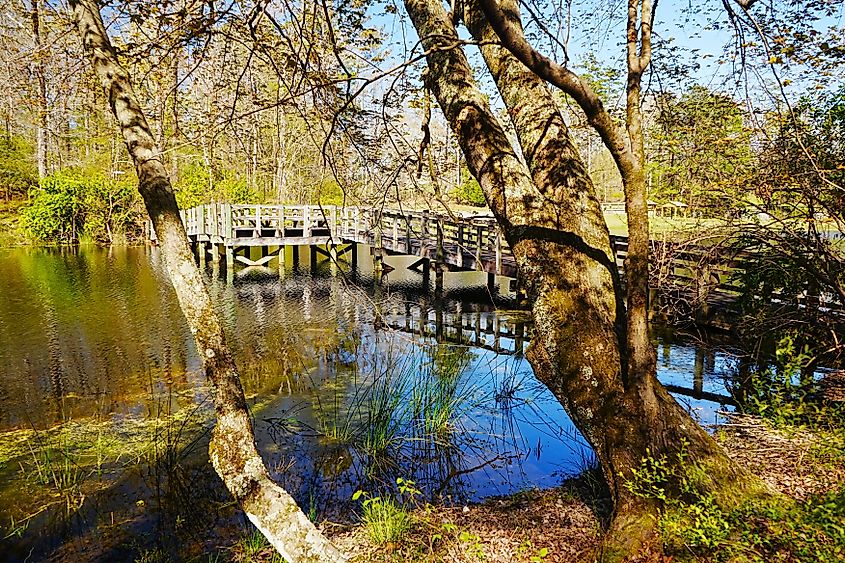
The Tombigbee River is one of Mississippi's most historic and scenic waterways. It flows south through Mississippi and Alabama for nearly 325 miles, with approximately 200 miles located in Mississippi. The river stretches from Amory to Columbus, which is one of the state’s best-preserved antebellum towns. Columbus has historical connections to the Civil War and is significant in Southern literature as the birthplace of American playwright Tennessee Williams.
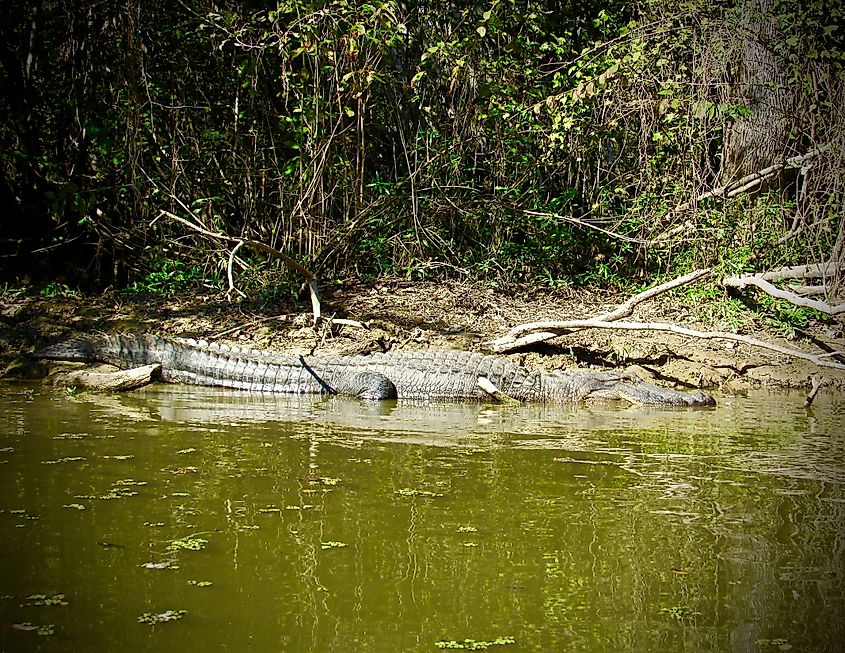
Thanks to its reputation as a top alligator hotspot, swimming in the river is not recommended, especially in its lower stretches and connected wetlands. You can still enjoy the river by walking, running, or cycling along the 4.2-mile Tombigbee River Walk, or by casting a line from one of three fishing piers at the Columbus Lock and Dam for catfish, bass, and crappie. If you want to get on the water, and not in it, bring your own kayak or rent one from a local outfitter like Columbus Marina. In warmer months, paddlers often see alligators basking along muddy banks of the Tombigbee or floating near cypress roots in the quieter backwaters.
Meet the Alligators of the Pearl, Pascagoula, and Beyond
From the Pearl to the Pascagoula, Mississippi’s rivers are alive with history, beauty, and a few watchful eyes just beneath the surface. The state’s top five alligator-filled waterways flow through cypress swamps, Civil War battlefields, and quiet blueways where American alligators bask, glide, and occasionally make record-breaking headlines. Whether you’re paddling past the bluffs of Columbus, exploring the undammed stretches of the Pascagoula, or casting a line on the Pearl’s Ross Barnett Reservoir, these rivers reveal the Magnolia State’s wilder, more mysterious side.
